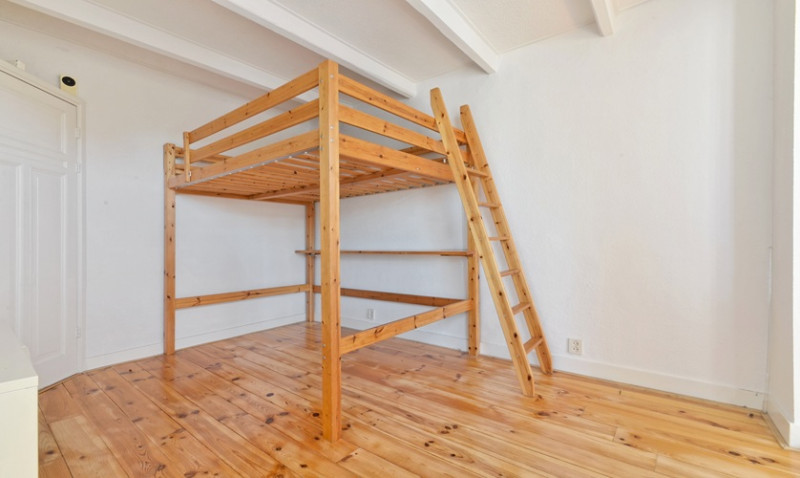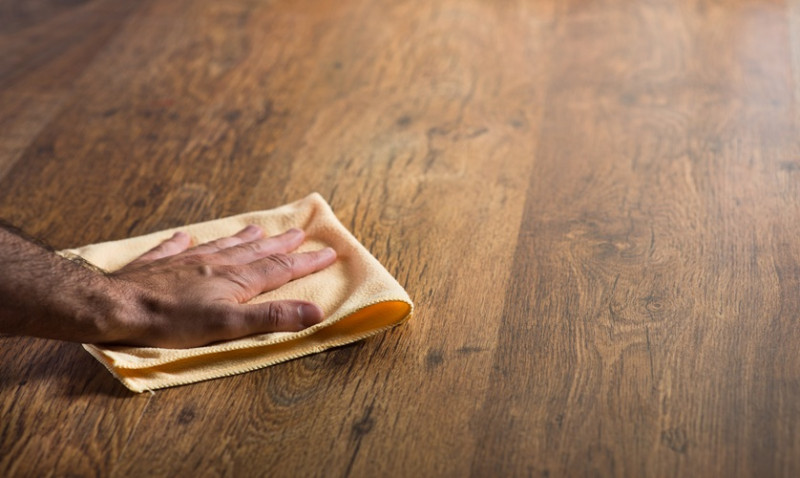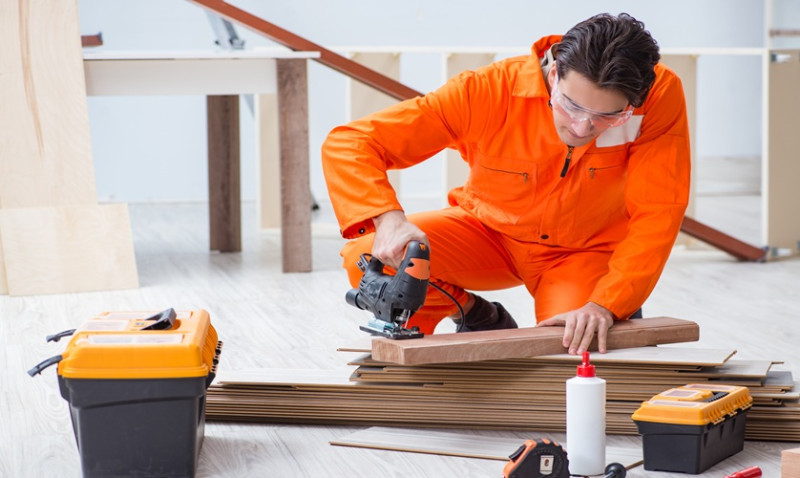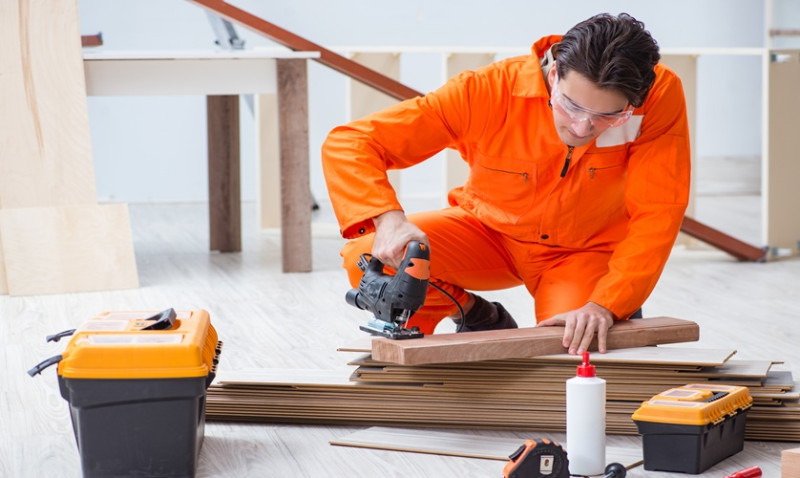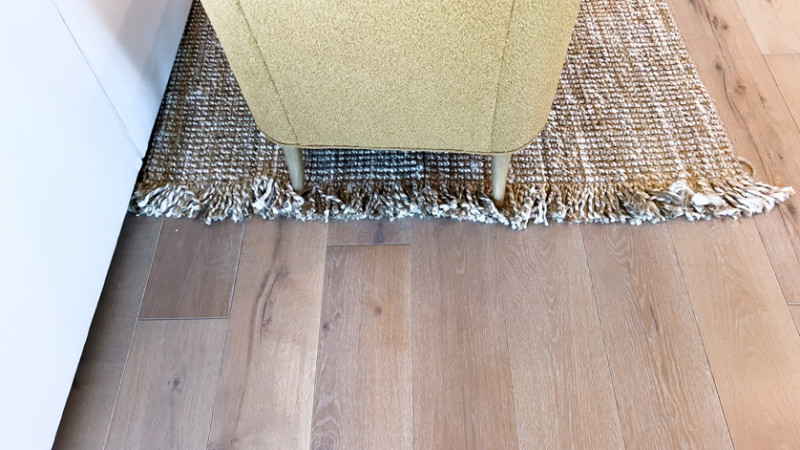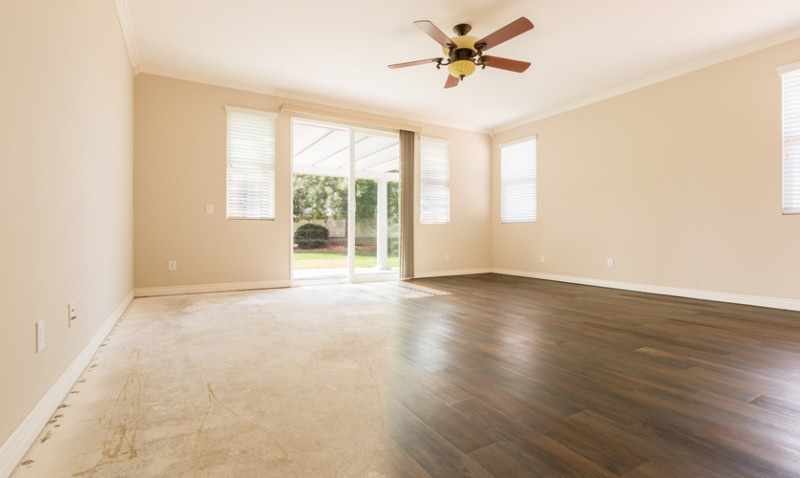
When it comes to selecting the perfect flooring for your home or project, hardwood remains an enduring favourite. The timeless appeal, natural charm, and durability of wood make it a top choice for architects, designers, DIY enthusiasts, and homeowners across the UK. However, one question continues to crop up: should you go for solid hardwood or engineered hardwood flooring?
This comparison isn’t just technical—understanding the real-world differences between the two options is crucial for making the right investment. Whether you’re renovating a Victorian terrace in Bristol, designing modern flats in Manchester, or giving your London home a stylish upgrade, this guide will help you navigate the realities of engineered hardwood flooring and how it stacks up against solid wood alternatives.
What Is Solid Hardwood Flooring?
Solid hardwood flooring is exactly what it sounds like: each plank is made from a single, solid piece of timber. Traditionally, it has been the go-to choice for its authenticity, prestige, and durability. Depending on the type of wood used—oak, walnut, ash, or others—it can last for generations when properly maintained.
Its thickness, usually around 18-22mm, means it can be sanded and refinished multiple times, which is a major appeal for those looking to preserve floors over decades. This makes it ideal for older properties or heritage renovations where maintaining a period-correct look is important.
However, solid hardwood has its drawbacks—particularly sensitivity to moisture and changes in humidity. This makes it less suitable for areas like kitchens, bathrooms, and even basements, where dampness can cause the boards to warp or expand.
Additionally, solid wood must be nailed or glued down over an appropriate subfloor. This often requires professional installation, which adds to the overall cost and complexity of the job.
What Is Engineered Hardwood Flooring?
Engineered hardwood flooring consists of a top layer of real wood veneer (usually between 2mm and 6mm thick), bonded to several layers of high-quality plywood, HDF (high-density fibreboard), or softwood. This multi-layer structure provides exceptional stability, making engineered wood much more resistant to moisture and temperature fluctuations compared to solid wood.
While the top layer is real wood, giving it the same natural appearance as solid hardwood, the underlying construction makes it suitable for more areas of the home—including basements and over underfloor heating systems, which are increasingly popular in UK renovations.
Many engineered products now come with click-lock systems, allowing for quicker installation—ideal for DIY renovators or tradespeople looking to reduce project timelines. This also makes it a more affordable option when factoring in installation costs.
Although most engineered floors can be sanded and refinished, this depends on the thickness of the top layer. Always check this detail when selecting a product—some budget-friendly options may not allow for multiple refinishings.
Key Differences at a Glance
| Feature | Solid Hardwood Flooring | Engineered Hardwood Flooring |
|---|---|---|
| Structure | Single solid piece of timber | Real wood veneer over multi-layered core |
| Durability | Can last generations, refinishable multiple times | Moderately durable, limited refinishing depending on top layer |
| Moisture Resistance | Prone to warping in humidity | Highly stable and moisture resistant |
| Underfloor Heating Compatibility | Generally unsuitable | Ideal choice for use with UFH systems |
| Installation | Nailed/Glue-down, professional recommended | Click-lock or glue-down, DIY-friendly options available |
| Cost | Higher upfront and installation costs | More budget-friendly, especially for large areas |
Which Is Right for Your Project?
If you're renovating a period property where authenticity is key or want an heirloom-quality floor to last decades with regular sanding, solid hardwood could be the right choice. It's particularly valued in premium residential projects where budget is less of an issue and stability in humidity isn’t a concern.
However, engineered hardwood strikes an ideal balance between style, performance, and budget—especially for the modern British household. It's perfect for open-plan living spaces that include kitchens, dining rooms, and lounges, as well as newer builds and flats where moisture levels or heating systems can fluctuate.
For young professionals redecorating their first home, engineered flooring offers a real-wood aesthetic without the maintenance or high cost of solid timber. Designers and architects also favour engineered floors for commercial and residential projects where environmental changes, deadlines, and budget restraint are all factors to consider.
Environmental Considerations
In today’s eco-conscious market, many customers are rightly concerned about sustainability. Solid hardwood requires the harvesting of large quantities of timber, which can be less eco-friendly if not sourced responsibly.
Engineered hardwood, on the other hand, uses far less of the desired species—usually just a thin veneer—while the rest of the board is composed of fast-growing or recycled wood sources. Many engineered floors are FSC (Forest Stewardship Council) certified, making them a more environmentally aware choice.
Plus, their enhanced longevity in difficult environments means fewer replacements over time, which contributes to reduced waste and longer life cycles of building materials.
The Bottom Line
The decision between engineered and solid hardwood flooring isn’t simply a matter of cost or looks—it’s about choosing the material that best fits your lifestyle, location, and long-term goals for your home or build project.
For most UK-based DIYers, young homeowners, architects, and tradesmen, engineered hardwood flooring presents a flexible and practical solution. It combines the warmth and style of real wood with modern-day performance and convenience—without sacrificing on elegance or authenticity.
That said, if you have a passion for traditional craftsmanship, and your space allows for it, solid hardwood still holds an unmatched allure. Just be prepared for the maintenance and investment that come with it.
Whatever your choice, ensure your flooring supplier offers certified, high-quality products with detailed installation guidance, and don’t hesitate to consult with professionals if uncertain. After all, a beautiful wood floor—engineered or solid—is more than a surface. It’s the foundation of your living space.
